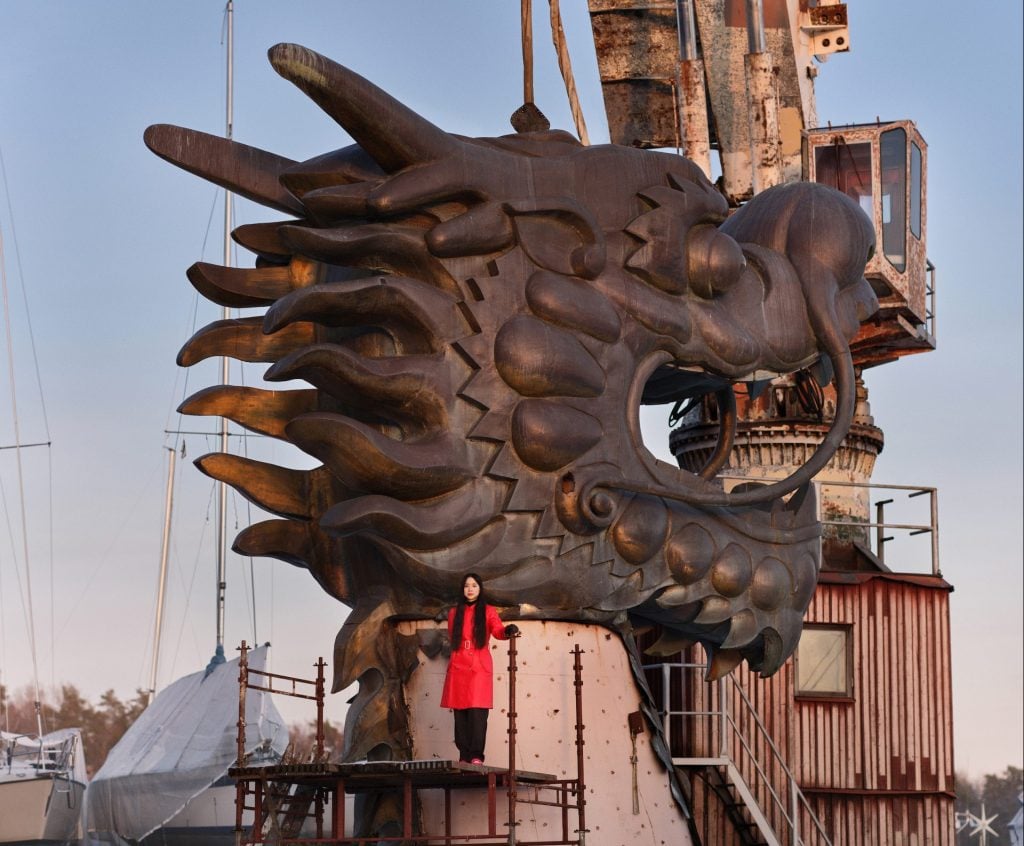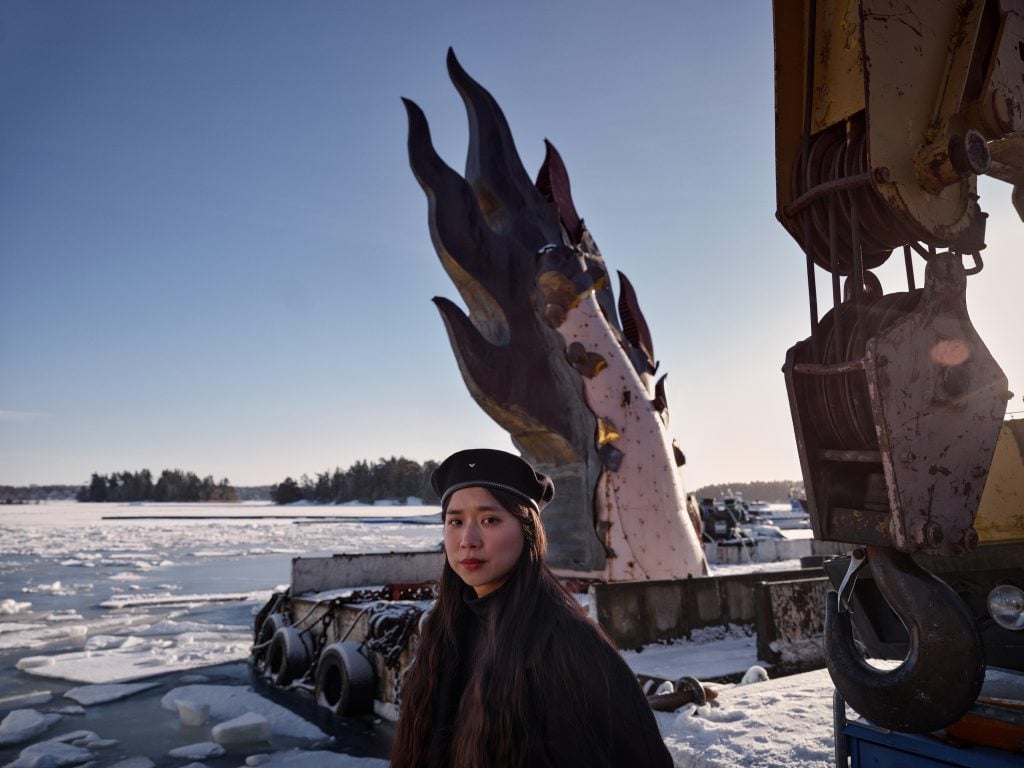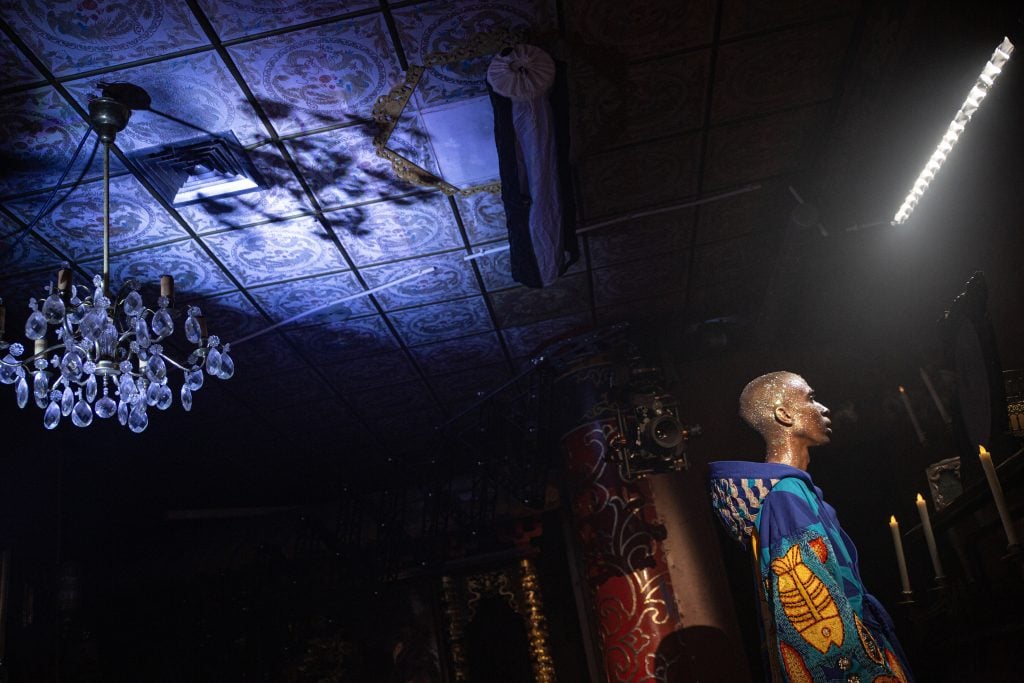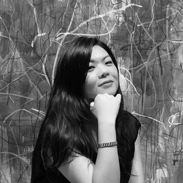Art & Exhibitions
A Giant Chinese Dragon Travels to Venice’s Nordic Pavilion
Artist Lap-See Lam's installation marks the first time the pavilion will feature Nordic artists of East Asian heritage.

An elaborate installation featuring a giant dragon and a poetic tale about a half-fish, half-human creature of Cantonese origin will take over the Nordic Pavilion at the upcoming Venice Biennale. It is the first time the pavilion will feature Nordic artists of East Asian heritage.
Conceived by Lap-See Lam, a Swedish-born artist of Hong Kong Cantonese descent, The Altersea Opera explores the existential implications of displacement and belonging as a result of migration through Cantonese myth as well as Lam’s own family heritage. The project is a collaborative effort among several artists from all three Nordic countries, including the Norwegian-born composer Tze Yeung Ho, who shares the same heritage as Lam, Kholod Hawash, an Iraq-born textile artist based in Espoo, Finland, as well as Asrin Haidari, the curator of Swedish and Nordic art at Moderna Museet.
Although this is the Year of the Dragon according to the Chinese zodiac, the giant dragon head and tail that will bookend the pavilion has a rich backstory beyond its astrological significance. The ornate sculptures were originally part of a 100-feet-long, three-story dragon ship. Built in Shanghai, in the 1990s it was home to a floating Chinese restaurant called Sea Palace in Gothenburg, Sweden. It was repurposed as a ghost ship at the Gröna Lund theme park after the restaurant closed.
Lam discovered the ramshackle ship at the theme park and it fueled her plans for The Altersea Opera. She also drew inspiration from the Red Boat Opera Company, a traveling Cantonese opera troupe that popularized the art form in the 19th century. The “boat” structure of the installation at the Venice Biennale will be built with bamboo scaffolding by a master of the craft who recently relocated from Hong Kong to Manchester, U.K.
At the center of Lam’s installation is a film re-imagining the journey of Lo Ting, a hybrid human-fish figure of Cantonese myth. Living between the sea and the land, Lo Ting has been regarded as a symbol of Hong Kong’s cultural identity—he is said to be one of the early inhabitants of Lantau Island, the largest outlying island in the city.

Lap-See Lam with the dragon tail by Lu Guangzheng for The Altersea Opera. Photo: Mattias Lindbäck/Moderna Museet.
Lam’s film, produced in collaboration with an ensemble of performers, is based on a libretto she wrote and was shot aboard the dragon ship. It tells the tale of Lo Ting’s longing to return to a former home, Fragrant Harbor, which is the literal meaning of Hong Kong in written Chinese.
The artist’s retelling of the tale centers around an encounter between two versions of Lo Ting, one of which is from the past and the other from the future. The latter attempts to reshape the fate of his kind by steering his past self onto a different path. The two versions of Lo Ting eventually meet on the dragon ship accidentally summoned by the past Lo Ting while praying to the sea goddess of Ma-Zhou (also known as Mazu or Tin Hau, Queen of Heaven), which takes them on to a journey to Fragrant Harbor. Once they arrive there, they find it transformed beyond recognition, according to the artist.
“When I started to read about the mythologies surrounding Lo Ting in the Hong Kong context, I quickly understood that it is a figure that is being used by scholars and artists,” Lam said in a video call from her studio in Stockholm. “It has very loaded significance within the contemporary art scene.”

From Lap-See Lam’s film shoot with Bruno Hibombo in the role of Lo Ting. Textile artwork by Kholod Hawash. © Lap-See Lam. Photo: Mai Nestor/Moderna Museet.
Born in 1990, Lam grew up in the back room of her parents’ Stockholm-based Chinese restaurant, which was founded by her grandmother who emigrated from Hong Kong. Her experience as a minority in Sweden underpins much of The Altersea Opera and, more generally, resonates with the biennial’s theme of “Foreigners Everywhere.”
“My work focuses on generational loss. Although the work comes from a very specific need to explore something personal, I really want to make it universal, to have that potential to reach out [to you] no matter who you are,” the artist said. “I want to make work that also lives in this emotional space, and that can be relevant for the generations before or after me.”
This year’s Nordic pavilion exhibition is led by Moderna Museet in Stockholm in collaboration with the Office for Contemporary Art Norway (OCA) and the Finnish National Gallery Kiasma (Museum of Contemporary Art).





